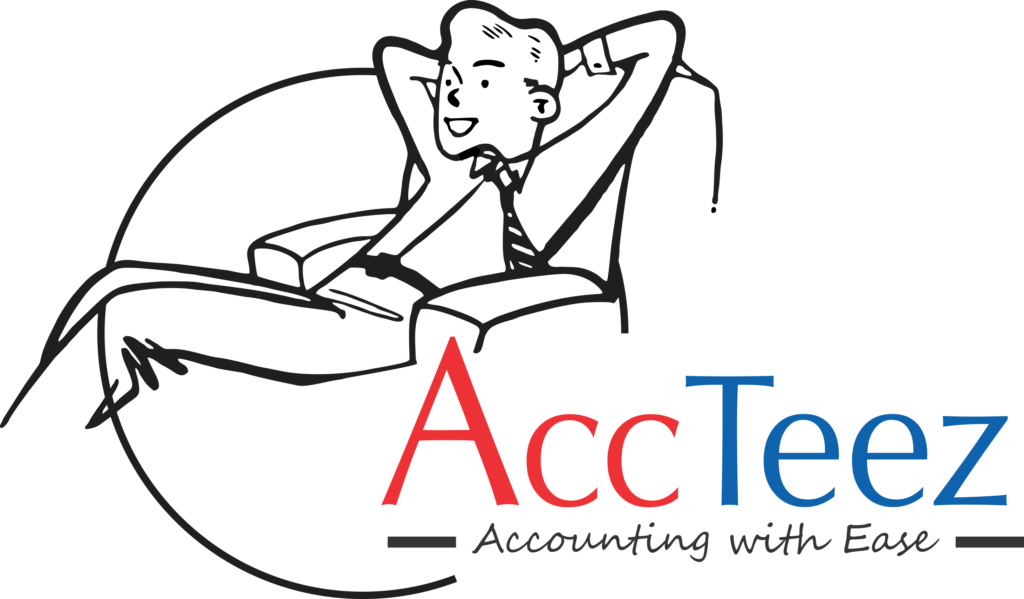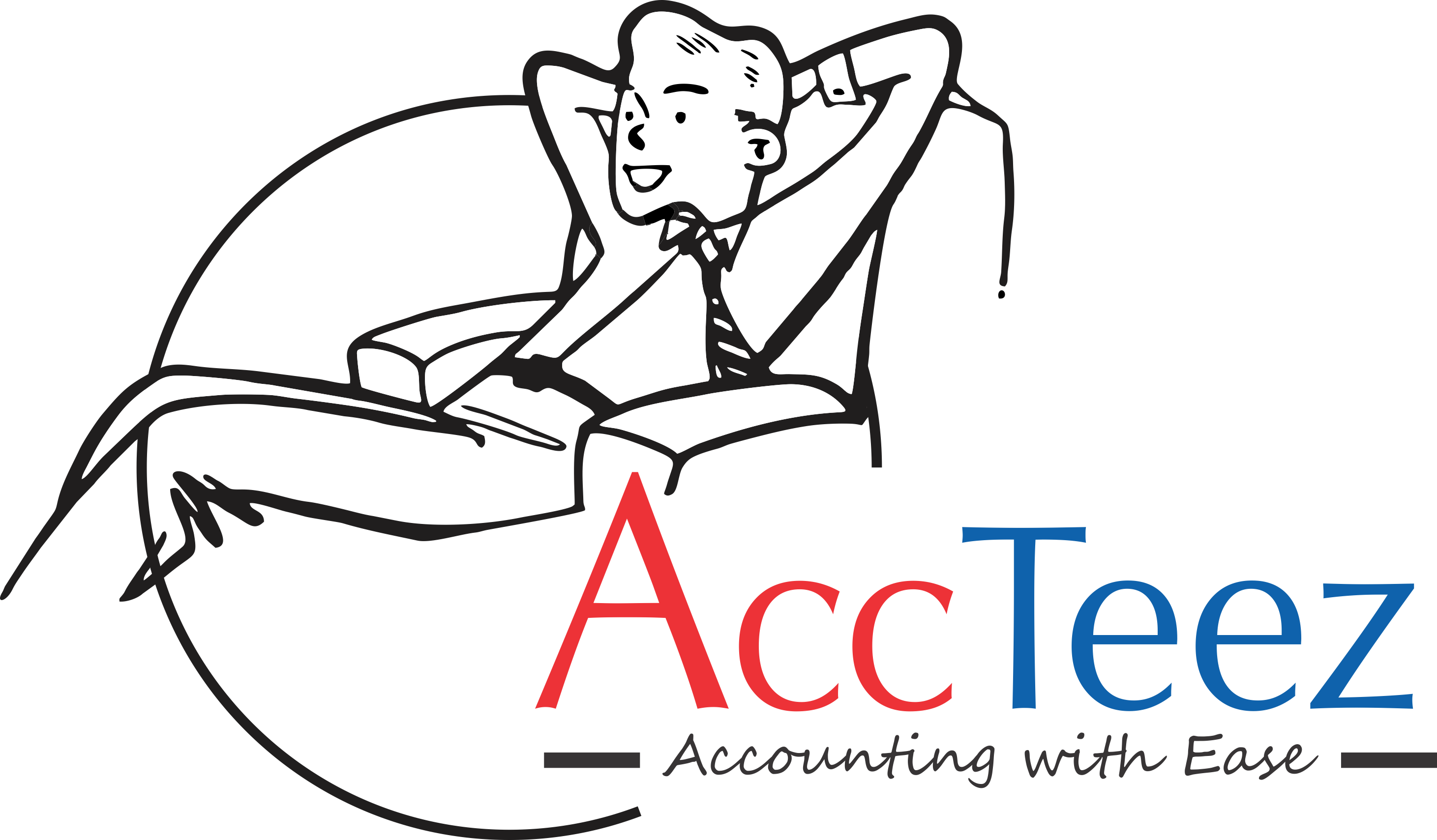What Are The Key Components Or Sections Included In A Typical Gst Return Form?
WHAT ARE THE KEY COMPONENTS OR SECTIONS INCLUDED IN A TYPICAL GST RETURN FORM?
GST, or Goods and Services Tax, is a tax levied on the supply of goods and services in most countries around the world. It is a comprehensive indirect tax that has replaced multiple indirect taxes in many countries, including India. GST Return Form is a document containing details of all purchases, sales, output GST (on sales) and input tax credit (GST paid on purchases) to calculate an assesses GST liability for a particular tax period.. It helps businesses in India fulfill their Tax obligations under GST.
GST forms are the various types of forms that taxpayers need to fill out and submit to the tax authorities to comply with GST regulations. These forms are used for registration, filing returns, claiming input tax credit, and other GST-related activities.
Here are some common GST forms
GST Return Forms:
– GSTR-1: Monthly/Quarterly return for outward supplies
– GSTR-3B: Summary return for monthly tax payment
– GSTR-9: Annual return
– GSTR-9C: Reconciliation statement and certification for annual return
GSTR-1 is a monthly or quarterly return that should be filed by every registered GST taxpayer, except a few as given in further sections. It contains details of all outward supplies i.e sales. The return has a total of 13 sections, listed down as follows:
Tables 1, 2 & 3: GSTIN, legal and trade names, and aggregate turnover in the previous year
Table 4: Taxable outward supplies to registered persons (including UIN-holders) excluding zero-rated supplies and deemed exports
Table 5: Taxable outward inter-state supplies to unregistered persons where the invoice value is more than Rs.2.5 lakh
Table 6: Zero-rated supplies as well as deemed exports
Table 7: Taxable supplies to unregistered persons other than the supplies covered in table 5 (net of debit notes and credit notes)
Table 8: Outward supplies that are nil rated, exempted and non-GST in nature
Table 9: Amendments to outward supplies that are taxable and reported in table 4, 5 & 6 of the earlier tax periods’ GSTR-1 return (including debit notes, credit notes, refund vouchers issued during the current period)
Table 10: Debit note and credit note issued to unregistered person
Table 11: Details of advances received or adjusted in the current tax period or amendments of the information reported in the earlier tax period.
Table 12: Outward supplies summary based on HSN codes
Table 13: Documents issued during the period.
Table 14: For suppliers – Reporting ECO operators’ GSTIN-wise sales through e-commerce operators on which e-commerce operators are liable to collect TCS u/s 52 or liable to pay tax u/s 9(5) of the CGST Act
Table 14A: For suppliers – Amendments to Table 14
Table 15: For e-commerce operators – Reporting both B2B and B2C, suppliers’ GSTIN-wise sales through e-commerce operators on which e-commerce operator must deposit TCS u/s 9(5) of the CGST Act
Table 15A: For e-commerce operators –
Table 15A I – Amendments to Table 15 for sales to GST registered persons (B2B)
Table 15A II – Amendments to Table 15 for sales to unregistered persons (B2C)
Form GSTR-3B is a simplified summary return and the purpose of the return is for taxpayers to declare their summary GST liabilities for a particular tax period and discharge these liabilities. A normal taxpayer is required to file Form GSTR-3B returns for every tax period
GSTR-3B is divided into 7 sections.
This article contains in detail each section/table of GSTR-3B and the details to be provided in it.
- Provide GSTIN(you can use your provisional id as your GSTIN if you do not have a GSTIN).
- Legal Name of the Registered Person[this field is auto-populated after entering GSTIN]
- Outward supplies and inward supplies on reverse charge i.e. Details where tax is payable by you
These details are further broken down into the following
- Outward taxable supplies– Do not include supplies which are zero-rated, or have a nil rate of tax or are exempt from GST. These must be provided separately. Include only those supplies on which GST has been charged by you. Value of Taxable Supplies = Value of invoices + value of debit notes – value of credit notes + value of advances received for which invoices have not been issued in the same month – value of advances adjusted against invoices Details of advances as well as adjustment of advances against invoices are not required to be shown separately.
- Other outward supplies (nil rated, exempt)– include supplies which are exempt from GST or are nil rated. Nil-rated supplies are those for which the GST rate is nil. Or which have been kept exempt from GST.
- Inward supplies (liable to reverse charge)– provide details of purchases made by unregistered dealers on which reverse charge applies. In such cases, you have to prepare an invoice for yourself and pay the applicable GST rate of tax.
- Non-GST outward supplies– Non-GST outward supplies refer to the supplies of goods or services that are not subject to Goods and Services Tax (GST). These supplies are exempted from GST and do not attract any tax liability under the GST regime.
- Eligible ITC
(A) ITC Available (whether in full or part) – This information must be broken down into ITC on:
Import of goods, import of services, inward supplies on reverse charge (other than on import of goods and services reported above) inward supplies from your Input Service Distributor (ISD) basically your head office registered as an ISD under GST.
all other ITC
Our experts can help you calculate the amount of credit to be reported here. Input tax credit on the closing stock is not required to be reported here, as this input tax credit must be first reported by filling up TRAN-1 and TRAN-2 forms.
(B) ITC Reversed
As per rules 38, 42 and 43 of CGST Rules and sub-section (5) of section 17 (Prior to 5th July 2022, it was only as per rules 42 & 43 of CGST Rules) – These rules require that input credit must be reversed for goods and services, where they have been used partly for business and partly for other purposes, to the extent not used for business. Similarly, input credit reversal is also required where supplies include taxable, exempt and nil-rated supplies and where ITC is availed by banks or financial institutions as per Rule 38. In the same manner, input credit related to capital goods used for business and other purposes, for taxable, exempt, nil-rated supplies must also be reversed to the extent not used for business. Further, ineligible ITC under Section 17(5) to be reversed must also be included in this field. Details formulae have been prescribed on how to go about doing this.
Others – Any other ITC which has been reversed in the books by you
(C) Net ITC available (A) – (B) – This will be auto-populated by Clear GST software
(D) Other Details (Prior to 5th July 2022, it was Ineligible ITC)
- ITC reclaimed which was reversed under Table 4(B)(2) in the earlier tax period.
- Ineligible ITC under section 16(4) and ITC restricted due to the Place of Supply (PoS) provisions
- Provide values of exempt, nil rated, and non-GST inward supplies: Here you have to report any purchases made by you of goods or services, which are from a composition dealer, are exempt, nil rated or not covered by GST at all. This information must be broken down into inter-state and intra-state.
- 1Payment of Tax
Under this section, you have to report the final tax payable by you on taxable supplies made by you, which will match with 3.1.(a) and 3.1.1 above. The amount is separately reported under IGST, CGST, SGST, and UTGST.
And also report the credit which has been availed against these. This amount is under 4(C). The balance tax must be deposited by you and appears under column 8. If any interest or late fee has been deposited that must also be reported.
- TDS/TCS Credit:
The section requires taxpayers to report the value of TDS and TCS deducted or collected for the tax period.
GSTR 9 is an Annual Return all Tax Payers must file and GSTR 9C is a an Annual Reconciliation Statement that Tax payers with over Rupees 2 crore annual aggregate turnover should file
Components of GSTR-09 are:
- Details of advances, inward and outward supplies on which tax is payable as declared in returns like Supplies made to unregistered persons (B2C) persons (B2C), Zero rated supply (Export), etc.
- Details of Outward supplies on which tax is not payable as declared in returns filed during the financial year.
- Details of ITC as declared in returns filed during the financial year.
- Details of ITC availed, as declared in returns filed during the financial year.
- Details of ITC Reversed and Ineligible ITC as declared in returns filed during the financial year.
- Details of tax paid as declared in returns filed during the financial year.
- Particulars of Demands and Refunds
If you require assistance with GST, income tax, or any other financial and taxation services, feels free to contact Accteez Services India Private Limited. At AccTeez, we are committed to providing comprehensive GST, income tax, and accounting services to businesses of all sizes. With our team of experienced professionals and a client-centric approach, we strive to simplify complex financial processes and ensure compliance with tax regulations.
Our team comprises highly skilled professionals with extensive knowledge and experience in taxation and accounting. We stay updated with the latest developments in tax laws to provide accurate and reliable services. As a trusted partner, AccTeez goes beyond providing accounting and tax services. We are committed to empowering businesses with knowledge and expertise, enabling them to navigate the complexities of record-keeping and stay compliant with the Evidence Act and GST Act. Email: consult@accteez.com Phone: +91 8860632015


